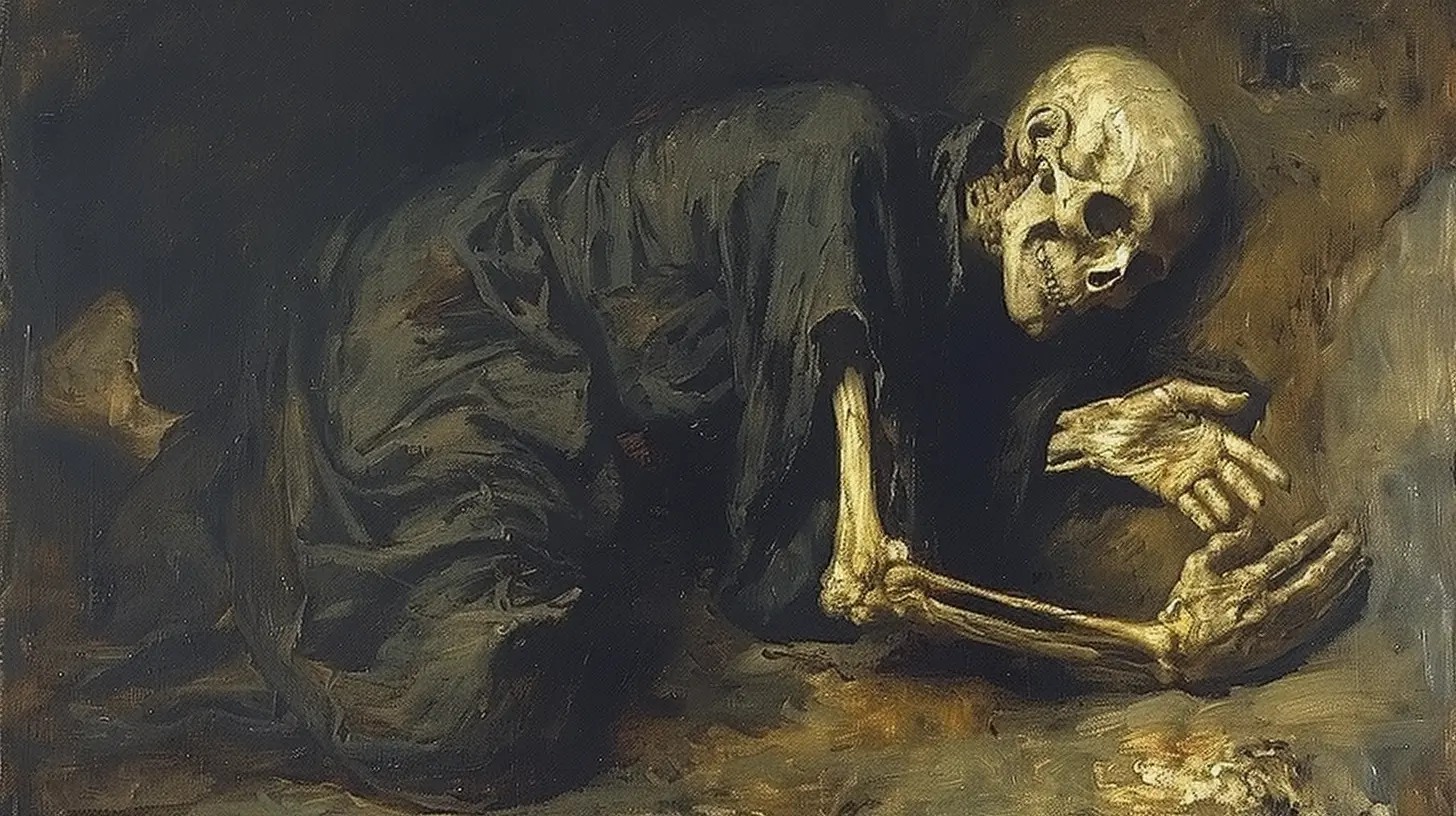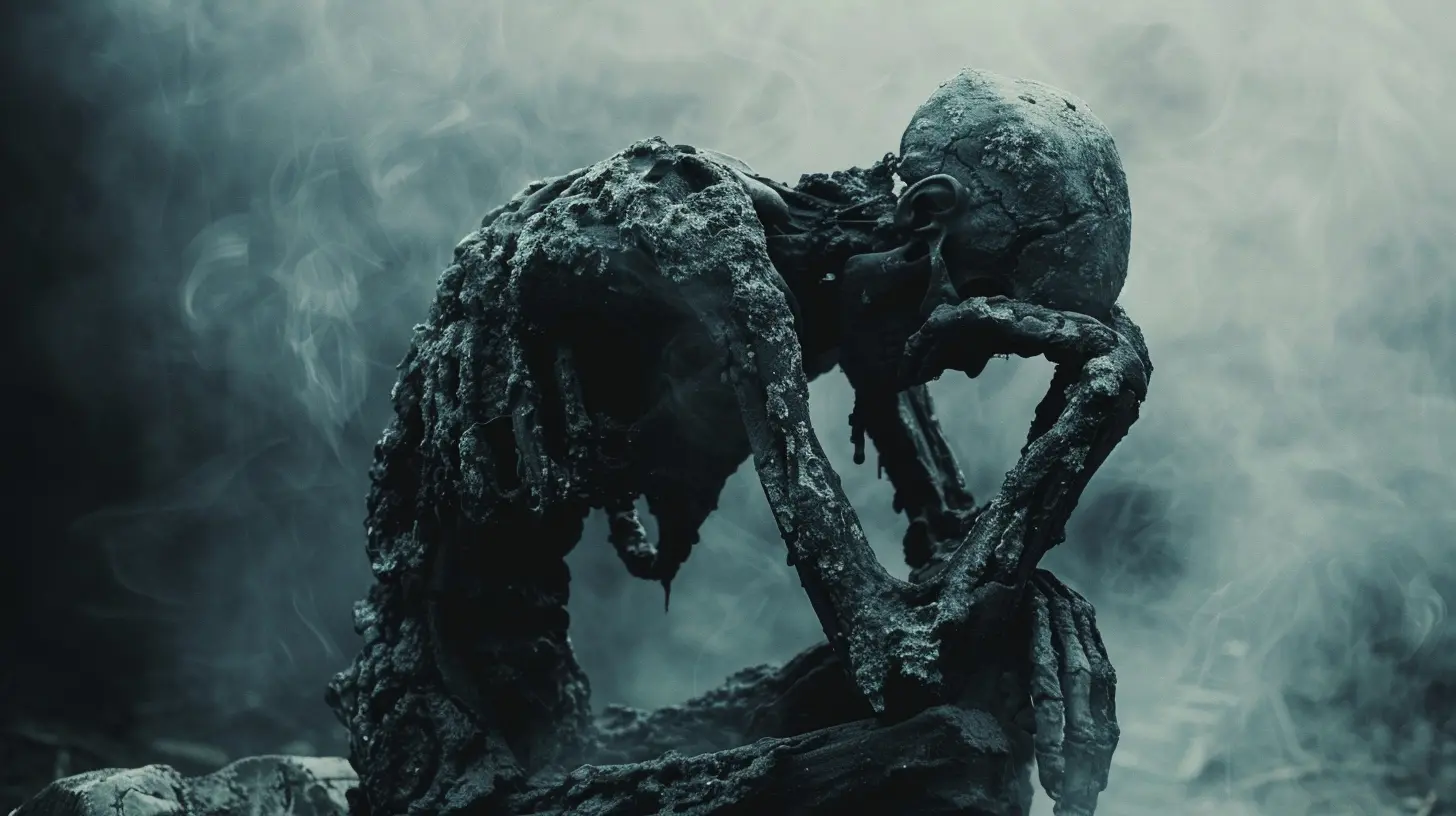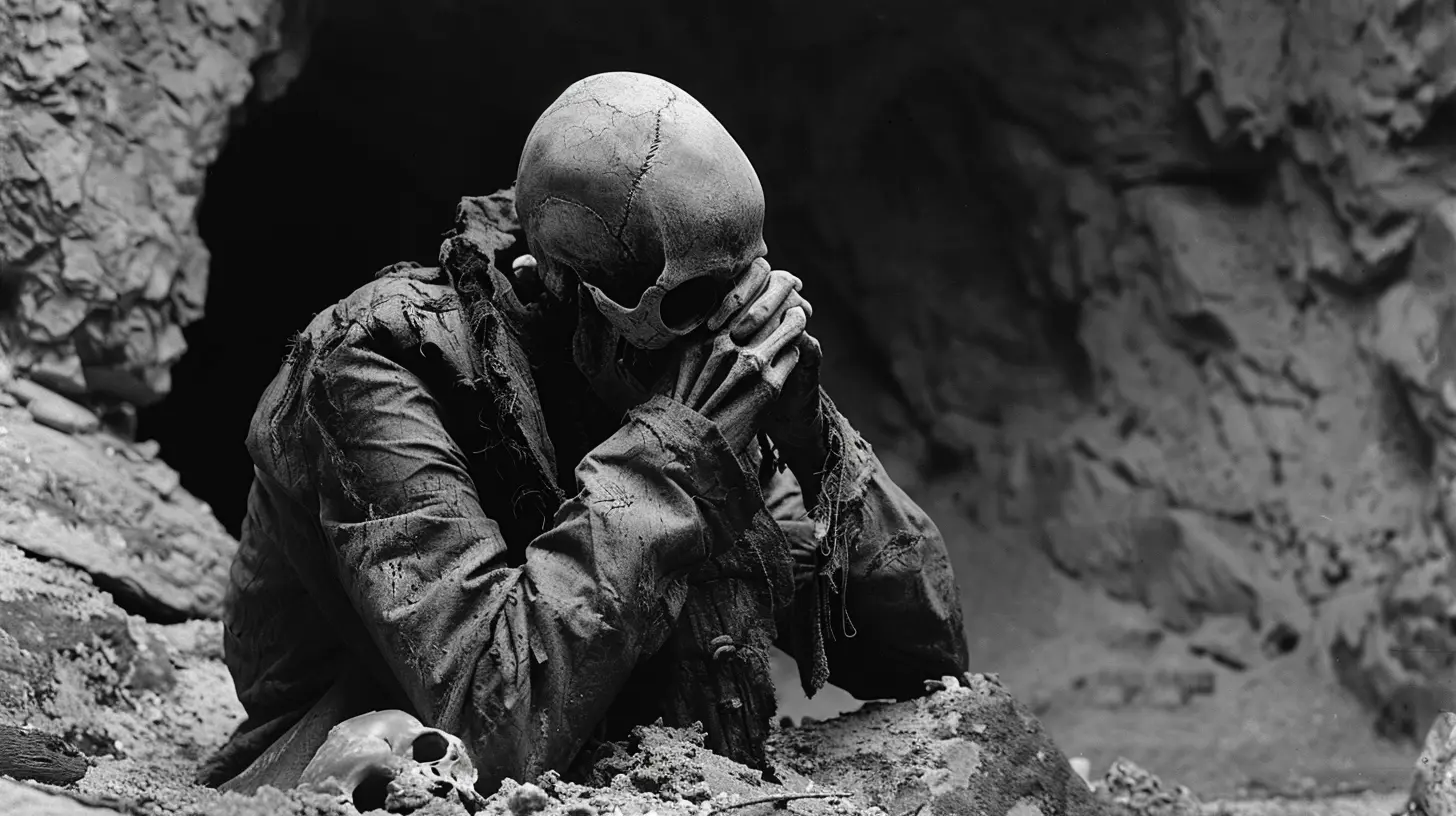Psychoanalysis and the Concept of Death: Exploring Thanatos
8 June 2025
Death. Not exactly dinner table conversation, right? But in the world of psychoanalysis, it's more than just the end — it's a force, a concept, even a drive. If you've ever wrestled with your own mortality or caught yourself wondering why humanity has this strange obsession with death (from horror movies to risky behavior), well, you're not alone — Freud was right there too. And that's where Thanatos comes in.
Let’s take a deep dive into the murky waters of the human psyche and try to make sense of why death — or the urge toward it — plays such a major role in who we are, how we act, and even how we love.
What Is Thanatos? The Basics First
Before we dissect the psyche, let’s get the definitions straight.In psychoanalysis, Thanatos (named after the Greek god of death) is the death drive. Freud introduced this concept to explain the human tendency toward aggression, self-destruction, and a return to a state of calm — even if that calm means non-existence. Sounds intense, right?
He contrasted this with another drive — Eros, the life instinct. Eros wants growth, sex, love, and vitality. Thanatos? It wants stillness, quiet, an end. In this internal tug-of-war, our behaviors start to make a lot more sense.
Why Did Freud Introduce the Death Drive?
Good question.Freud was puzzled. He noticed that people often repeat painful experiences or engage in self-destructive behavior — even when it makes no logical sense. Why would someone keep dating the same toxic type, pursue doomed relationships, or sabotage their success over and over?
His answer: there must be something deeper. Rationality wasn't enough. Pleasure-seeking (the pleasure principle) wasn’t covering it. So, he introduced Thanatos — this unconscious drive toward death, stasis, and ultimately, escape from the complications of life.
Thanatos vs. Eros: A Battle of Opposites
Imagine your psyche like a movie with two main characters — Eros and Thanatos.- Eros is the hopeful romantic, passionate about life, bonding, and creative expression.
- Thanatos is the dark poet, obsessed with silence, release, and maybe flirting with the edge a little too much.
These two aren't enemies. They’re more like yin and yang — inseparable, constantly dancing, and both essential.
Every time we stay alive and build something meaningful, that’s Eros doing its thing. And every time we tear something down, fall into a depressive spiral, or take reckless risks? That might be Thanatos whispering in our ear.
Death Drive in Everyday Life: Wait, Am I Self-Destructive?
Let’s make this real.Have you ever:
- Picked a fight for no reason?
- Sabotaged a great opportunity?
- Engaged in habits you know are harmful but can't seem to quit?
These might be expressions of the death drive. No, this doesn’t mean you secretly want to die. It means that your unconscious mind might be seeking balance — or trying to resolve something unresolved.
It sounds ironic, but sometimes destruction feels like control. Taking the wheel, even if it's towards a cliff, gives a sense of agency. Crazy, but very human.
Thanatos and Trauma: Replaying the Pain
Here's where it gets even more intriguing.Traumatized individuals often revisit their trauma — not just mentally, but through life choices. Psychoanalysis calls this "repetition compulsion", and Thanatos is a major player here.
It's not about enjoying pain. It's about mastering it.
Picture someone reliving the same relationship dynamic again and again. They're not a glutton for punishment — they’re unconsciously trying to rewrite the ending, gain control, and neutralize the fear. It’s like being trapped in a psychological Groundhog Day.
The Role of Thanatos in Society
Now let’s go macro.Thanatos doesn’t just show up in your personal life. It shows up everywhere — in culture, politics, even pop music. Dark themes, apocalyptic imagery, and obsession with violence or destruction are Thanatos on a societal level.
War? Mass violence? Environmental destruction? The death drive appears to be hardwired into collective human behavior. It’s both terrifying and fascinating.
You might ask — why would a society drive itself toward destruction? Freud believed civilization itself is a balancing act between Eros (community, progress) and Thanatos (chaos, selfishness).
Still happening today, isn't it?
Thanatos in Art and Literature: Death on the Canvas
Artists have always had a thing for death. From Van Gogh’s tortured work to gothic novels dripping with decay, Thanatos is practically an artistic muse.Why?
Because death is the ultimate unknown. It’s the one truth that’s always just out of reach. Artists use death as a symbol — not just of endings, but of mystery, transformation, and sometimes...freedom.
If you’ve ever felt calm after a sad song or catharsis watching a tragedy, you’ve experienced a brush with Thanatos — safely, artistically, beautifully.
Is Thanatos Always a Bad Thing?
Not necessarily.Sure, it drives destructive behavior — but it also pushes us to question, to reflect, and to confront what we fear. It brings meaning to life. After all, without death, would life even matter?
Embracing Thanatos isn't about glorifying danger or pain. It's about acknowledging that our psyche has many layers, and some of them come with shadows.
Think of it like winter. Cold, quiet, maybe a bit bleak — but necessary. A pause. A preparation for the next cycle.
Modern Takes on the Death Drive
Psychoanalysis has evolved, and not everyone sticks hard to Freudian ideas anymore. But the concept of an inner force that pulls us toward self-undoing still holds weight — even in modern psychology.Today, it may be reframed as:
- Negative self-talk
- Imposter syndrome
- Addictive behaviors
- Chronic stress responses
Same soul, different vocabulary.
And neuroscience is starting to back some of it. Brain scans show that trauma does restructure how we process pain and safety. We may not call it Thanatos anymore, but the effects are real.
Can We “Cure” the Death Drive?
Let's be honest. You can't totally eliminate the shadow side of yourself. And maybe you shouldn’t.The trick is integration.
By acknowledging our destructive impulses, we can work with them — not against them. Therapy helps. So does art, conversation, mindfulness, and yes — even writing strange, deep-diving blog posts like this one.
Freud wasn’t saying we’re doomed. He was saying: wake up — there’s more going on beneath the surface. When we bring light to those unconscious drives, we gain agency. Power. Balance.
Final Thoughts: Dancing With Thanatos
So where does that leave us?With a bittersweet truth: the death drive is part of being human. It might scare us, confuse us, or even push us — but it’s there. Tucked inside our decisions, our fears, and our darkest moments.
But here’s the good news — Thanatos doesn’t define us. It complements Eros, the part of us that loves, that builds, that connects.
Understanding Thanatos can bring clarity, depth, and even peace. After all, when you acknowledge death, you stop being afraid to live.
all images in this post were generated using AI tools
Category:
PsychoanalysisAuthor:

Alexandra Butler
Discussion
rate this article
2 comments
Beau McWain
Exploring Thanatos? More like diving into a dark pool of existential dread! But hey, if Freud could flirt with death, we can certainly sip our coffee while dissecting the psyche. After all, who needs a sunny disposition when we have all this delicious darkness?
June 15, 2025 at 3:30 PM

Alexandra Butler
Absolutely! Embracing the darker aspects of our psyche can lead to profound insights. Let's savor that complexity over a cup of coffee!
Kane McMichael
How does Thanatos shape our understanding of mortality? Fascinating!
June 8, 2025 at 3:39 AM

Alexandra Butler
Thanatos highlights the intrinsic drive towards mortality, prompting us to confront our fears and desires surrounding death, ultimately deepening our understanding of life's transient nature.


